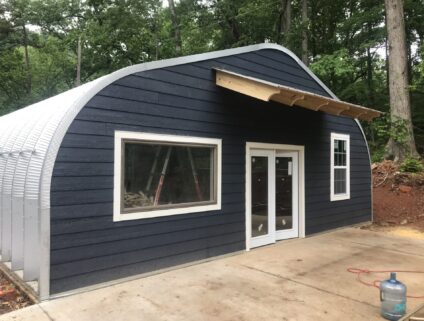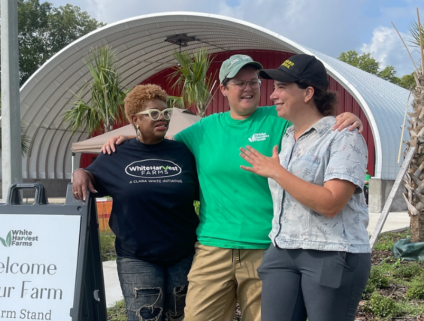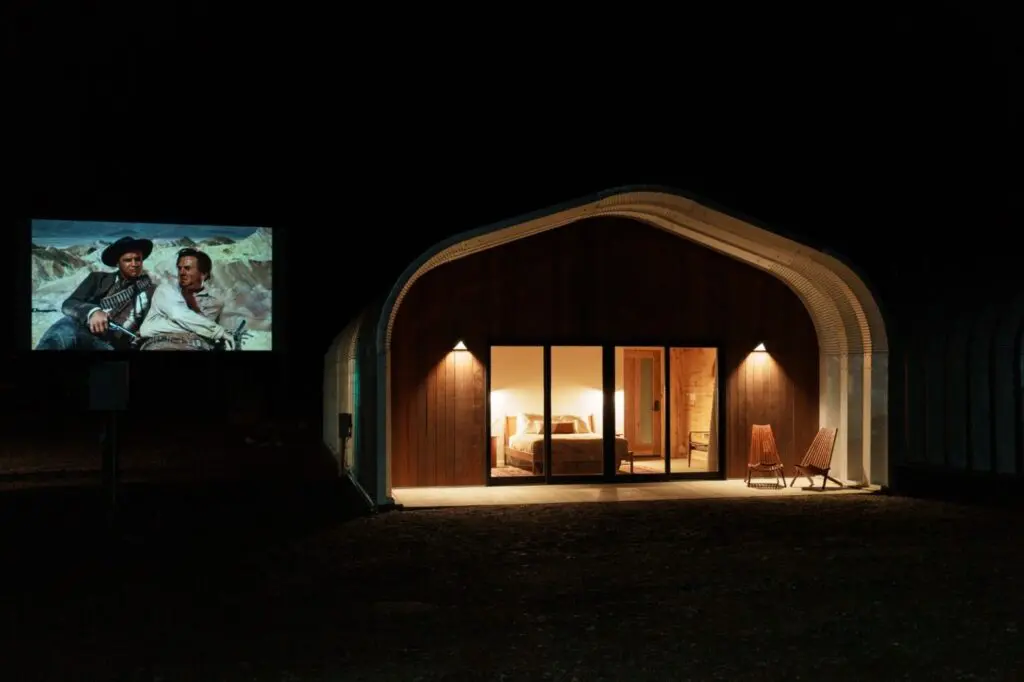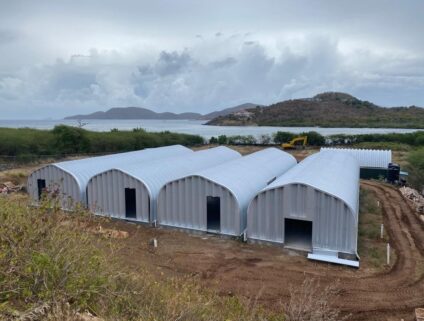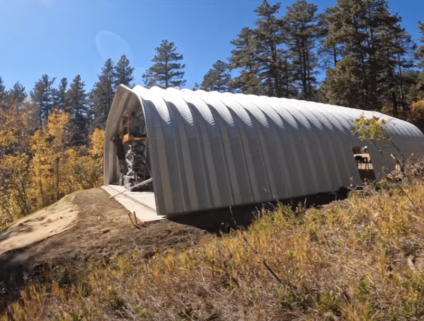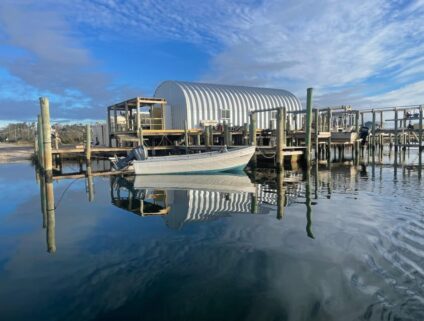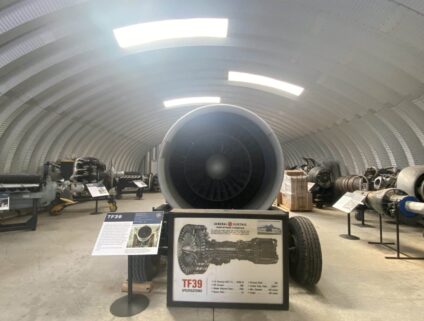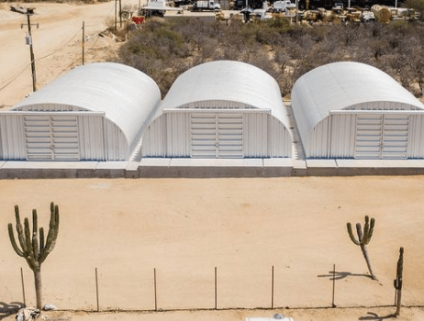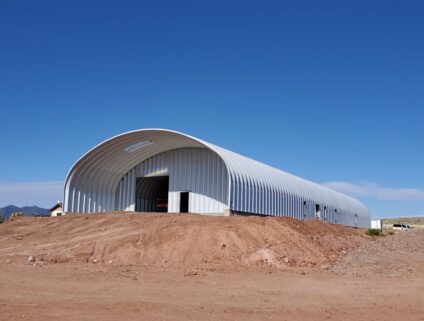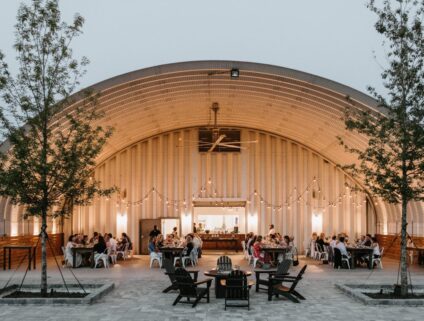New Steel Buildings Help Keep Business ‘Hoppin’ at Carpenter Ranches

If you’ve noticed an influx of craft breweries in your neighborhood, it’s not just your imagination. The consumption of craft beer in the U.S. has increased by 500 percent in the last decade, according to Beverage Daily.
Hops are one of the basic ingredients in beer. They can be used to give the beer balance and depth of flavor.
The Pacific Northwest is a leader in hop production, with Washington State accounting for 75.4 percent of hops produced in the region. One of the hops farms in that region is Carpenter Ranches, which is located in the Yakima Valley.
Carpenter Ranches is a family business that started in 1868. Currently, the farm operates around an area of 1,700 acres of hops. There are a minimum of 10 different hop varieties raised in different yards at the farm to satisfy the growing craft brew industry.
Of the two processing facilities that the Carpenters own, there are two different geographic locations. One of the facilities is strictly comprised of SteelMaster Quonset Huts.
Rick Rinehold with Carpenter Ranches says because the craft brewing industry is booming, hop growers must produce higher-quality products if they want to be part of the market.
Because of this, Carpenter Ranches decided to replace their older facilities designed for drying hops with brand-new Quonset Huts.
“It was just a choice we made basically on the idea that, when you work in an area within the Yakima Valley, there’s a lot of innovation that has to occur,” Rinehold said. “We thought Quonset structures may give us that little bit of edge on drying faster and more uniformly.”
Rinehold says he discovered SteelMaster Buildings after doing online research on Quonset Huts.
“[We were] trying to identify three companies that we thought would be likely candidates to start a bidding process with and SteelMaster basically blew the other two out of the water,” he said.
SteelMaster’s B2B Operations Manager Jon Hunter worked closely with Rick Rinehold and Craig Carpenter, one of the owners of Carpenter Ranches.
“There was quite a bit of design work that had to occur, and that was all supplied by SteelMaster at no extra cost,” Rinehold said. “They were just great to work with. Jon Hunter was phenomenal.”
“[The process] was great. Great people to work with and all very proactive with us, interested in what we wanted to have done and how we wanted it to work,” Craig Carpenter said. “Being able to bring a building that’s already designed for Yakima County was a big plus for us. We got a great facility for the cost and we’re very, very happy with it.”
Carpenter Ranches’ hop-picking facility is underneath one structure. After the hops are stripped from the vines and leaves, they are transferred to a second Quonset Hut structure where they dry hops which is essentially a giant kiln (known as a “kill” in the industry).
The hops then go through the dehydration process, which takes hours. Once they’re dried, they are again transferred via conveyor to another structure, where they’re laid out on the floor to cool for another 24 hours.
Finally, the hops are pushed out to a conveyor and they go out to a baling area. There are two hydraulic balers where they compress hops bales.
Both Carpenter and Rinehold say Carpenter Ranches has seen great results with their new buildings over the past year.
“We’ve got one year under our belt,” Carpenter said. “Next year we’re going to adjust our things and improve. But we’re very happy with the efficiency of it right now.”
“Based on the data we gathered in one year, it looks like our logic was right in that the Quonset-style structure dried hops on average 20 minutes faster,” Rinehold said. “That was trending the entire month and a half of harvest, and all of the product that went through the bulk of the facilities.”
Carpenter says he plans to put up more buildings in the future and looks forward to working with SteelMaster Buildings again.
Categories

